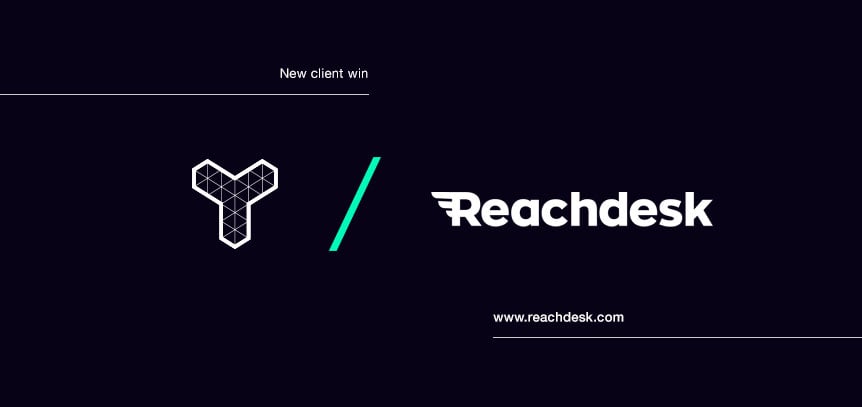
How to Build a Successful Inbound Marketing Content Plan
Discover, define, develop – the key stages in inbound marketing content planning success.

If 2013 taught senior marketing executives one thing, it’s that traditional outbound marketing no longer works. So 2014 has to be the year that your business develops and implements an inbound marketing strategy.
Successful inbound marketing is all about great content and research has shown this to be true as the report, Content marketing: Puncturing the hype and getting practical, revealed that of the 82% of organisations already using a content marketing strategy more than 90% of them have seen significant business performance improvements, including more web traffic and more qualified sales leads. Which must be why 75% of brands plan to increase their content marketing budgets this year.
But great content doesn’t just happen. You need to have a comprehensive strategy behind that content to make sure it really is great – that it targets all the right people and speaks to them about the things that matter. From building buyer personas to mapping your content to their buying process, the content planning stage is key to inbound marketing success.
Key stages in building your inbound marketing content plan
Let’s look at the key stages you need to go through to make sure that your inbound marketing content plan is successful and delivers on your objectives: better customer engagement; maximising revenue streams and ROI on marketing spend; and driving sustainable, profitable growth.
Key Stage #1 – Discover
Many businesses think they can’t do content marketing as they don’t have enough content, or the resources to develop it, so the discovery phase is where you find out whether that’s true. By doing an inventory of the content you have you’ve got a great starting point – much of it will probably be able to be revived and used in your new content marketing plan and this exercise will also reveal what gaps need filling. Follow these tips from the Content Marketing Institute on tracking and monitoring your existing content.
Key Stage #2 – Define
Once you know where you’re starting from, the next important stage is to define who your content needs to speak to, what it needs to speak about and where it should be placed. You will already have a fairly good idea of who you’re marketing to but this stage will really help you develop a more detailed profile and identify what business pains your targets are experiencing that your products and services can help them resolve; and what content you should use at each stage of the buying process. HubSpot have helpfully come up with these 9 questions you need to ask yourself when developing buyer personas.
Key Stage #3 – Develop
Once you know what you’re saying and who you’re saying it to, it’s time to develop the content plan and the content that goes with it. Try and include a variety of media, from blog posts to videos, infographics to flipbooks. Follow these content planning tips for 2014 to keep your planning on track.
Once you’ve got your inbound marketing content plan up and running remember you have to get into a cycle of monitoring your results and adapting your approach accordingly to drive continuous improvement.
The Author |
|
 |
Alistair Norman | Marketing DirectorAlistair is responsible for the strategy, design and implementation of our Inbound and Content Marketing, with a focus on developing B2B and B2C markets. |
Read the latest positioning trends and insights.
Tap into our brand and product positioning, storytelling, and creative expertise to inspire your next strategic move.

